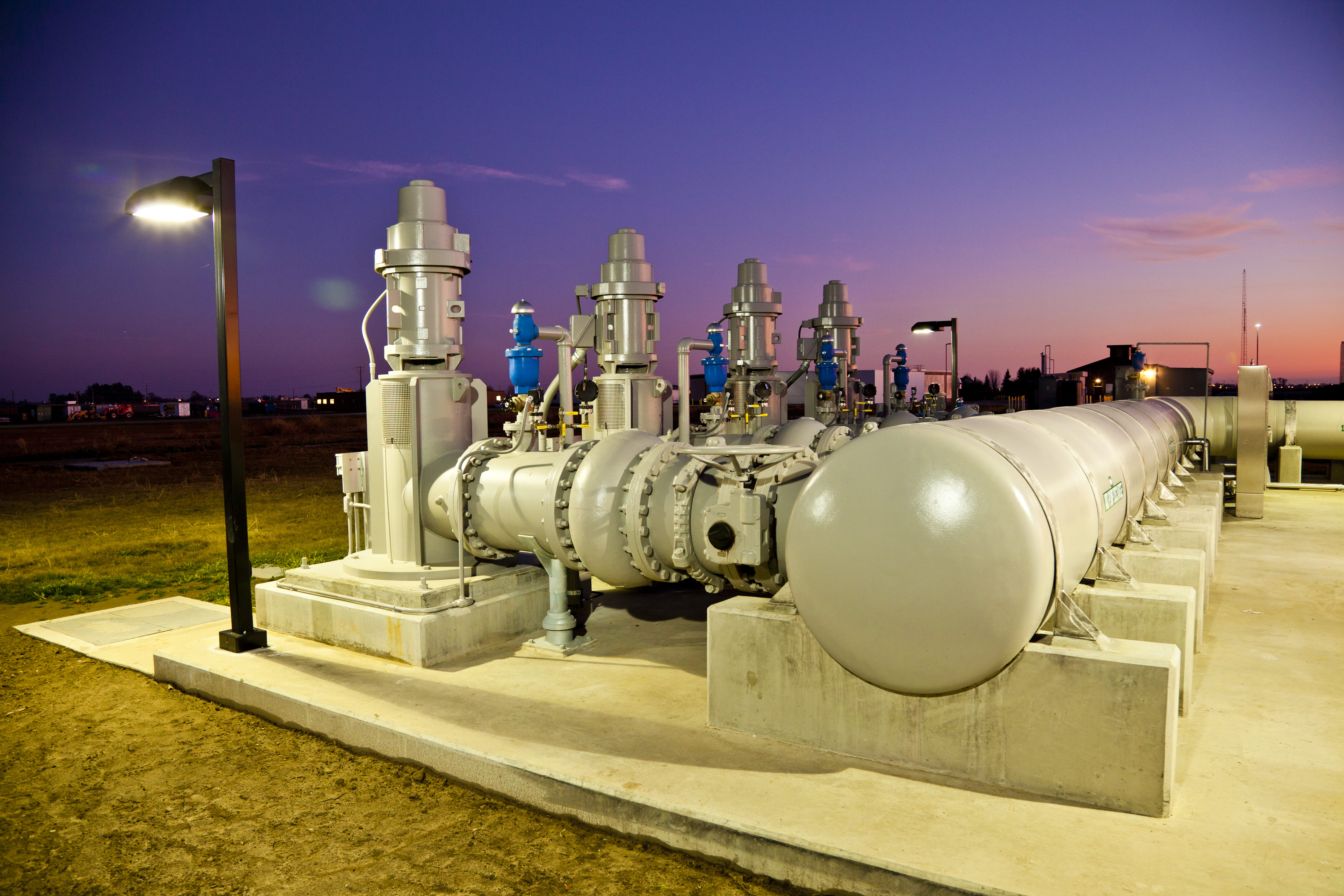The Delta Water Project
1,000 miles of waterways comprising the California Delta wind through central California. The water comes from two main contributors―the San Joaquin and Sacramento rivers―and supplies two-thirds of Californians with drinking water. Beginning in 2012, this water was delivered to the city of Stockton, where residents were able to drink it for the first time.
Since the 1960s, Stockton has been planning to meet water demand, knowing that its groundwater sources would be unable to sustain the city’s future needs. By using delta water, the city was able to access a long-term surface water supply. “This is the largest project the city has ever undertaken. It allows us to dictate our water supply planning without relying on purchasing water or over-taxing our groundwater sources,” explains Robert Granberg, deputy director of Stockton’s Department of Municipal Utilities.
The Right Approach
Stockton contracted with CDM Smith using a phased—or progressive—design-build approach. The $170 million contract includes 13 miles of raw water pipeline, 6 miles of treated water pipeline, and a new ozone and pressure-membrane filtration treatment facility. The 30-million-gallon-per-day (mgd) plant is initially expandable to 60 mgd, and its site layout will accommodate an ultimate capacity of 160 mgd.
Phase 1 of the project included 65-percent design and a cost proposal for project completion. After phase 1, the city had the option to move forward with CDM Smith for phase 2—design completion and construction. “The staged design-build approach let the city fully participate in developing the project concept and details, allowing a balance between features and cost. They helped to envision design, provided input and were able to understand how we arrived at the price proposal. By giving the client control and involvement, a mutually beneficial relationship developed,” explains Greg Lindstadt, CDM Smith vice president.
Granberg adds, “We had an ‘off-ramp’ at the 65-percent design submittal stage, but wanted to stay with CDM Smith. We were comfortable with the team and confident they could deliver a successful phase 2.”Forging Ahead
Challenges arise with any project of this magnitude. Pipelines cross 30 parcels of land, requiring approval from property owners for construction. CDM Smith and the city partnered to mitigate delays in receiving land access, which sometimes required resequencing custom-manufactured pipes and reorganizing crew efforts.
Groundwater was close to the land surface, so the team needed to dewater pipeline trenches—at a rate of up to 2 million gallons per day. Faced with limited disposal options, CDM Smith successfully negotiated permitting with state agencies to safely discharge the water on land. “CDM Smith helped us out—their professionalism and attention to detail has been outstanding,” notes Granberg.
The team constructed seven microtunnels to push pipes under delta boating channels, roads and a railroad—an impressive number for one project. Throughout the process, the CDM Smith team tailored design elements to meet the project's technical needs and budget.
Green, Local, Responsible
CDM Smith and Stockton committed to successful project delivery, and to being environmentally and socially responsible. The project incorporated sustainable building practices, particularly in the water treatment plant’s administration and operations building, which was designed to achieve LEED® Silver certification. Photovoltaic solar panels on the parking area’s carport surfaces will provide more than half the building’s power. Additional green features include reclaimed water and micro-irrigation systems for a 50-percent reduction in water consumption, ozone-safe heating and air conditioning systems, and recycled construction materials.
A significant effort was made to hire local subcontractors and bring as much value to the community as possible. At the peak of construction, 140 onsite jobs were created. In addition, 45 percent of the project cost consisted of local materials, suppliers and vendors—a number that jumps to 65 percent when items unavailable locally are not considered.
The staged design-build approach let the city fully participate in developing the project concept and details, allowing a balance between features and cost.
Shared Commitment
According to Granberg, building a relationship early with Paul Meyerhofer, CDM Smith senior vice president and principal-in-charge, got the project off to a good start. “He walked us through permitting issues, demonstrated experience with treating delta water and presented a methodology that suited my expectations.”
Meyerhofer is equally complimentary of the city, “Stockton has been a great partner in this large and challenging project. Through their participation, we have been able to deliver to expectations, creating synergy and contributing to the project’s success.” Water began flowing through the completed project in 2012.
Water Supply Innovation
By accessing a new surface water source and using innovative treatment, Stockton was able to avoid overtaxing groundwater or purchasing finished water.










